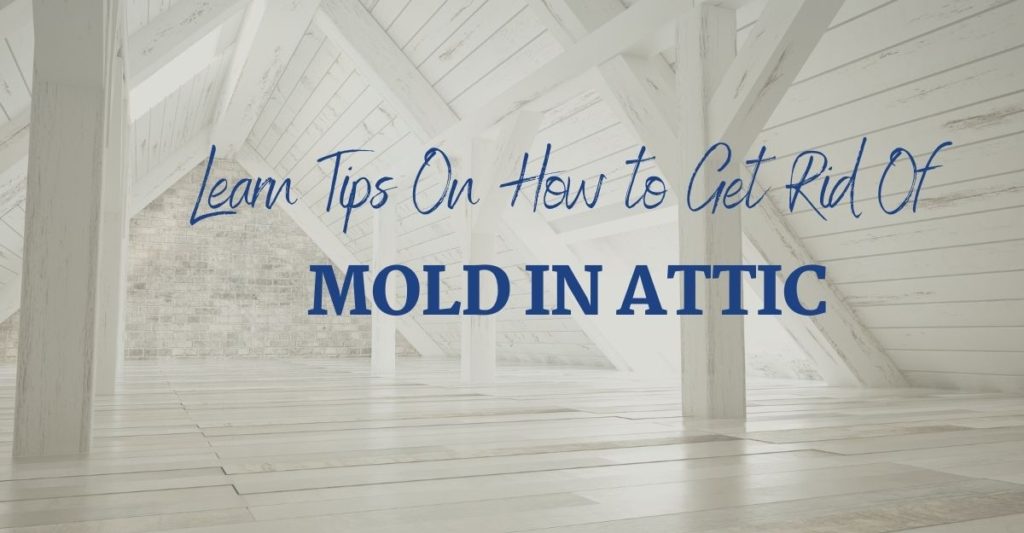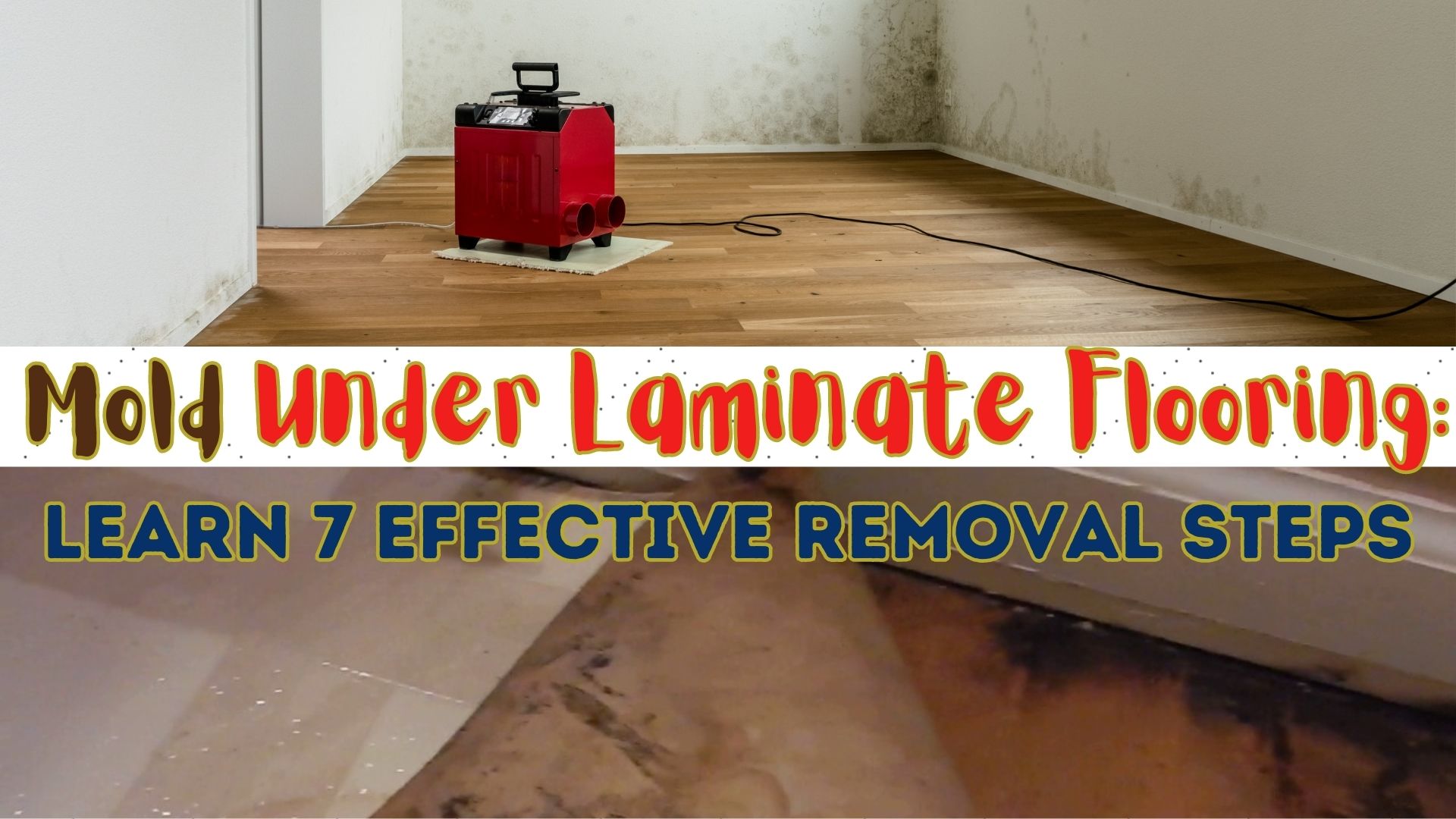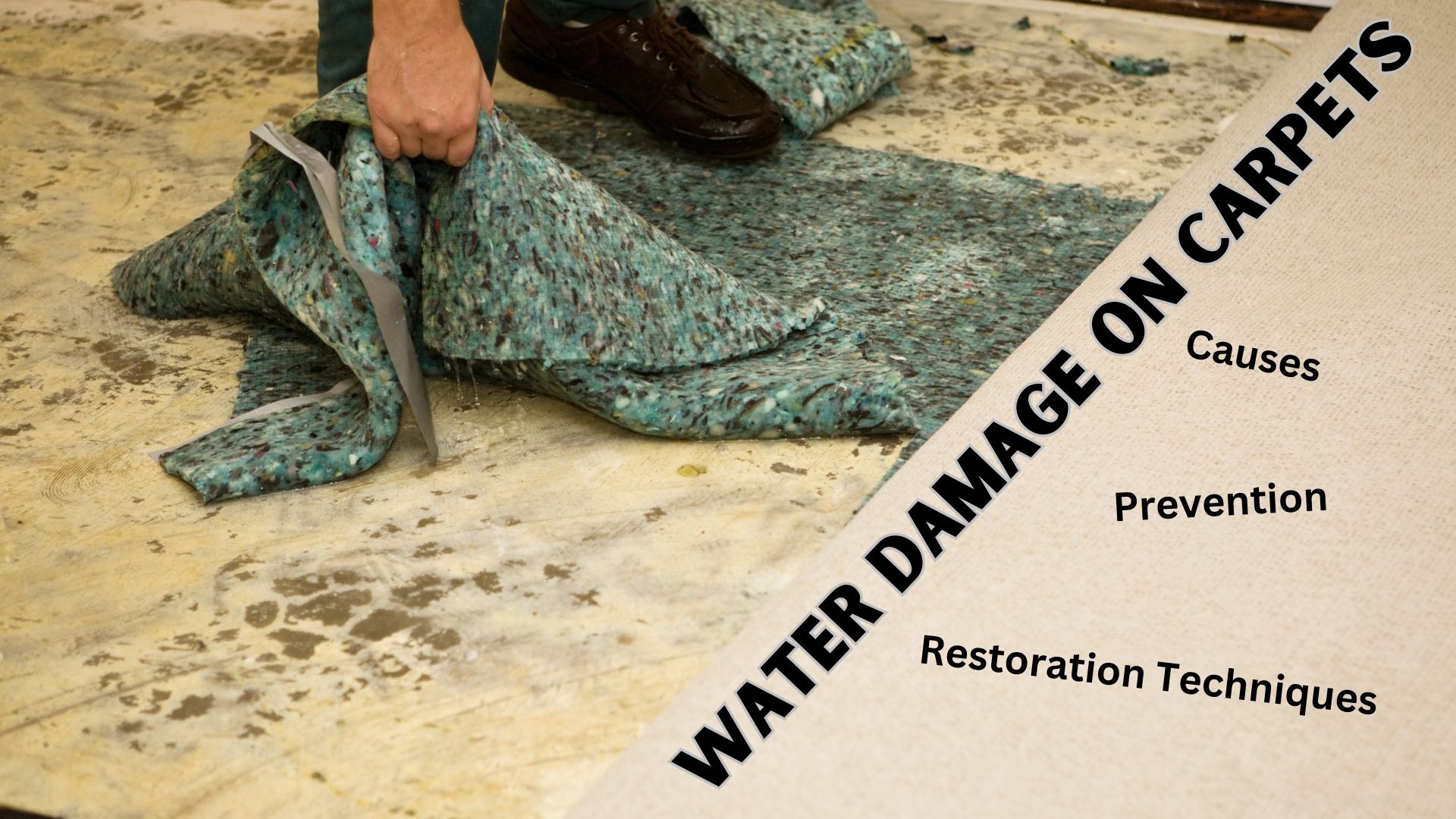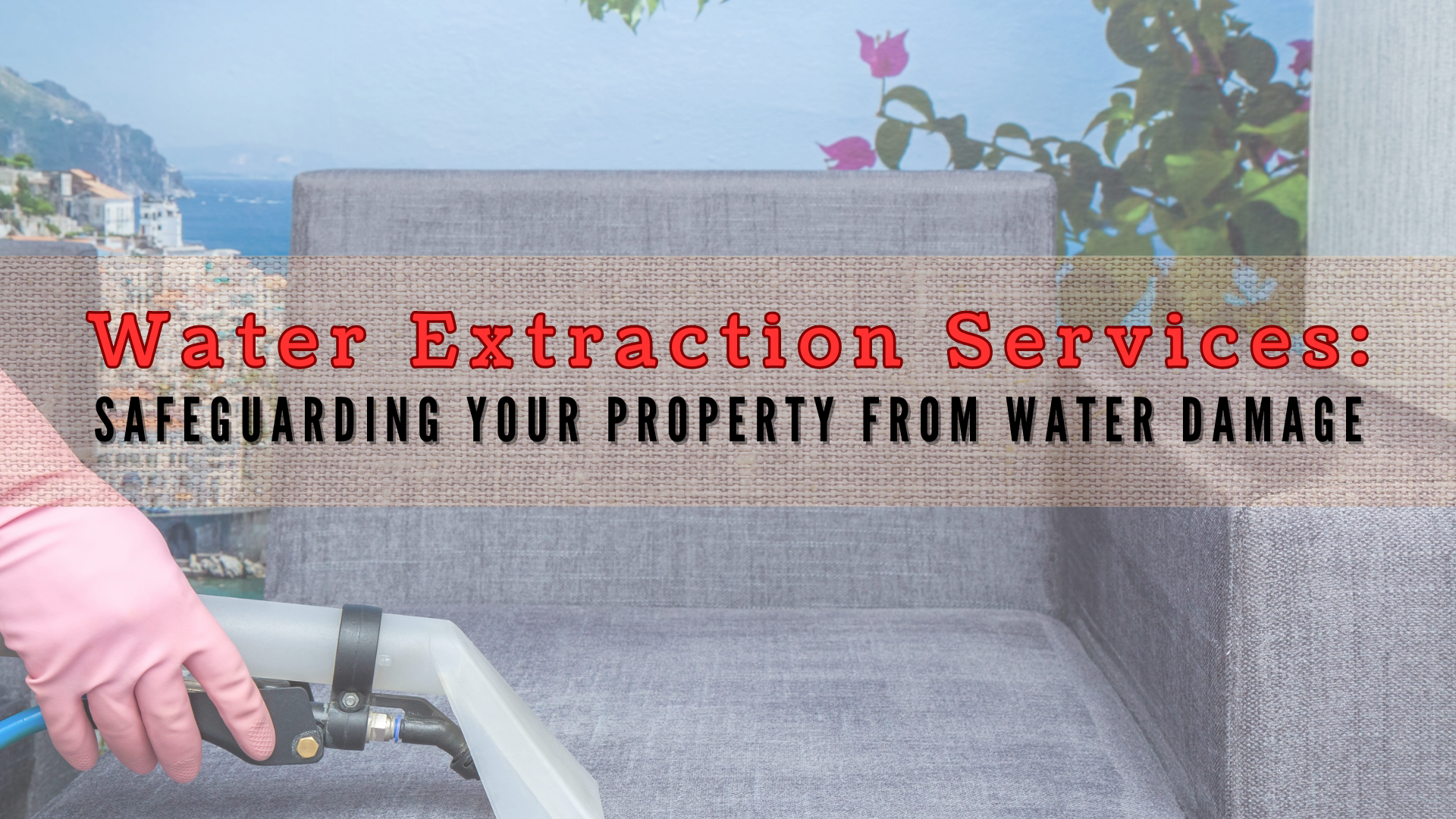
Homeowners usually focus their attention on removing mold in different visible areas of their homes such as the bathroom. However, there is one important space that is often overlooked and neglected. And that is —– the attic. Mold in attic is a common issue that homeowners face, as molds grow in areas with high humidity and improper ventilation.
If you are not able to check the walls, floors, sides, and corners of your attic, then it needs a thorough check. Because ignored attics are likely to have a mold infestation. Home inspectors often identify this problem during home inspections, and it is essential to remove mold from your attic to prevent further damage to your home and protect your family’s health.
Please read on to learn a few tips on how to get rid of mold in attic. In addition, hiring a professional for mold removal can be of big help in completely eradicating even the mold spores on your property.
Why is there mold in attic?
Determining the cause of mold growth in your attic is the initial step in any mold remediation process. When there is an excess moisture problem in your attic plus the dark environment, it creates a perfect breeding ground for mold including black mold.
The top causes of mold in attic are:
- Inadequate / poor ventilation
- Roof leaks
- Siding or window leaks
- Improper / insufficient insulation / poorly installed insulation
- Poor or incorrect venting from the home’s bathroom, kitchen, or clothes dryer
- Uninsulated air ducts
- Improper installation of water heaters or furnaces
If your home’s ventilation is not sufficient or the venting has not been properly installed, the moist, warm air from the bathroom, kitchen, and clothes dryer will rise up. And it will go into the attic. When warm, moist air mixes with the cooler attic air ( especially in the colder months and high humidity), it can create a condensation issue that will lead to mold problems.
How to prevent mold in attic?
Prevention of mold is way better than spending a lot of time and money on damages (structural and health) in the long run. First, make sure where the moisture is coming from and repair any venting or insulation issues that you might find.
- Proper insulating your attic to keep off mold growth.
- Reduce moisture by sealing the sources such as gaps and cracks where the moisture seeps through.
- Make sure that there is adequate ventilation in your attic. You can do this by determining the amount of roof ventilation required for the attic space.
- Make sure there is a minimal difference in temperature inside the attic and outside to prevent condensation on the underside of the roof sheathing.
- Make sure to check for blocked ventilation or damage. Rafter ventilation or baffles should not be damaged or blocked with insulation. Fix broken or improperly installed rafter ventilation/baffles.
- Check the roof for any leaks or damages. Repair the roof if necessary.
- Air seal all points of entry such as fans and hoses in the bathroom or recessed lighting/ pot lights. Use low-temperature light bulbs (LED) and install or repair weather stripping around the attic hatch. Moreover, seal around holes, gaps, and cracks inside the attic including wiring, plumbing vent pipes, or ducts (in some instances).
- Vent appliances used in your bathroom, kitchen, and dryer should blow the air to the outside.
How to get rid of mold in attic?
After correcting the source of mold in your attic, you can also try the following ideas to correct mold issues yourself. Check how:
- Protect yourself completely by using protective gear such as a disposable mask, goggles, rubber gloves, etc.
- Remove all items from your attic and place them in thick bags. Get rid of all items that are covered by mold-like carpeting, drywall, etc.
- Close all openings, including windows and vents with plastic.
- Treat moldy areas by using cleaners and disinfectants of your choice, chemically or naturally. Bleach is effective in removing surface molds. Natural products such as vinegar, baking soda, borax, tea tree oil, etc. are also useful and effective in eliminating mold in your attic.
- Spray the moldy areas with a solution of your choice and use a wire brush to scrub the attic. Allow it to dry before removing the plastic sheeting. To remove the area of mold, a spray bottle with a solution of water and vinegar can be used.
- Proper ventilation is key to preventing mold growth in the attic as hot air and stagnant air in the attic create the perfect environment for mold to thrive. A HEPA filter can be used to purify the air in the attic. It is essential to address mold issues promptly and take steps to prevent it from reoccurring.
Does the homeowner’s insurance policy cover mold in attic?
Your homeowner’s insurance will only cover mold damage if the damage occurred from an accident that has been reported right away.
Mold damage in the attic can be covered as water damage in this area of a home and can go unnoticed for months. For instance, if you are hit by a harsh winter with much snow, ice, and rain, water leaks can enter through your roof going into your attic. If this is the case, your insurance will likely cover the damage.
However, the homeowner’s insurance policy will not cover mold damage in your attic due to negligence. For example, if you have not been up to your attic for over a year, and when you do, you suddenly find out that mold has formed on the walls. But there is no sign of any leaks or cracks.
Mold in Attic: Seek Mold Removal Experts from Superior Restoration
After a few days/ weeks in spite of your effort in getting rid of mold in attic and mold keeps returning, consider hiring an expert. Especially if the affected area is more than 10 square feet, you should contact an IICRC certified company. Superior Restoration offers professional residential and commercial mold remediation services.
Please don’t hesitate to contact Water Damage Murrieta. We offer mold cleanup, water damage, and fire damage restoration. Our office is open 24 hours a day, 7 days a week.




